
Climate Impact Adaptation Concept
Project services:
Inventory and assessment of climate influences at six sites in Berlin
GIS maps with climate data per site
Simulation of indoor temperatures in circus tents (Prof. Dr.-Ing. Friedrich Sick, Steinbeis Transferzentrum für klimagerechtes Bauen)
Calculation of heating and cooling capacity
User participation with question-naires, online survey and posters
Elaboration of measures within the framework of preliminary planning
Result:
Raising awareness of climate impacts and climate protection
Energy performance indicators for circus tents and circus wagons
Catalog of measures coordinated and eligible for funding:
Shading with green roofs and solar sails, rainwater harvesting, adiabatic cooling,
cooling play areas and green walls in the outdoor area,
Optimization of tents with controlled ventilation, climate boxes with heat recovery.
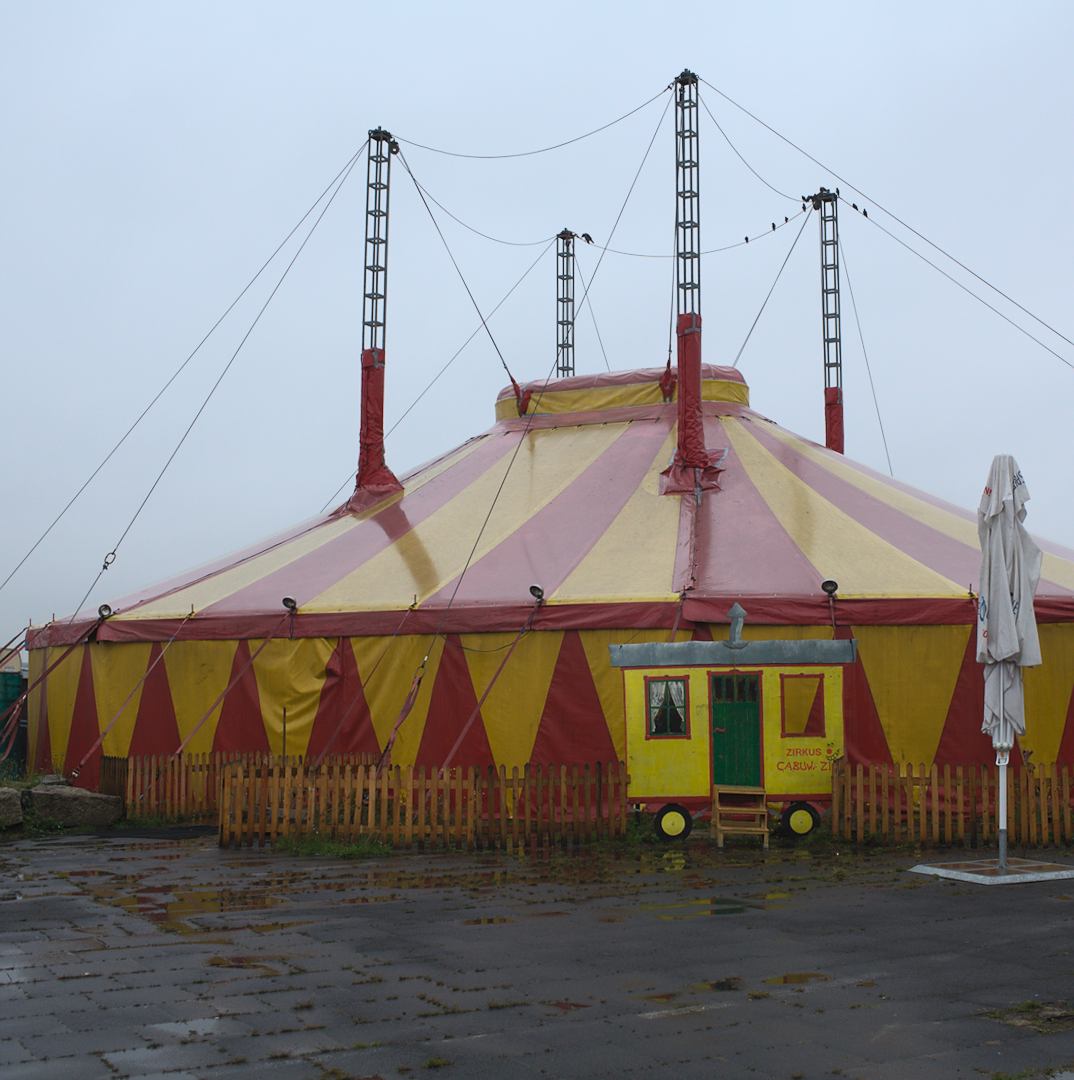
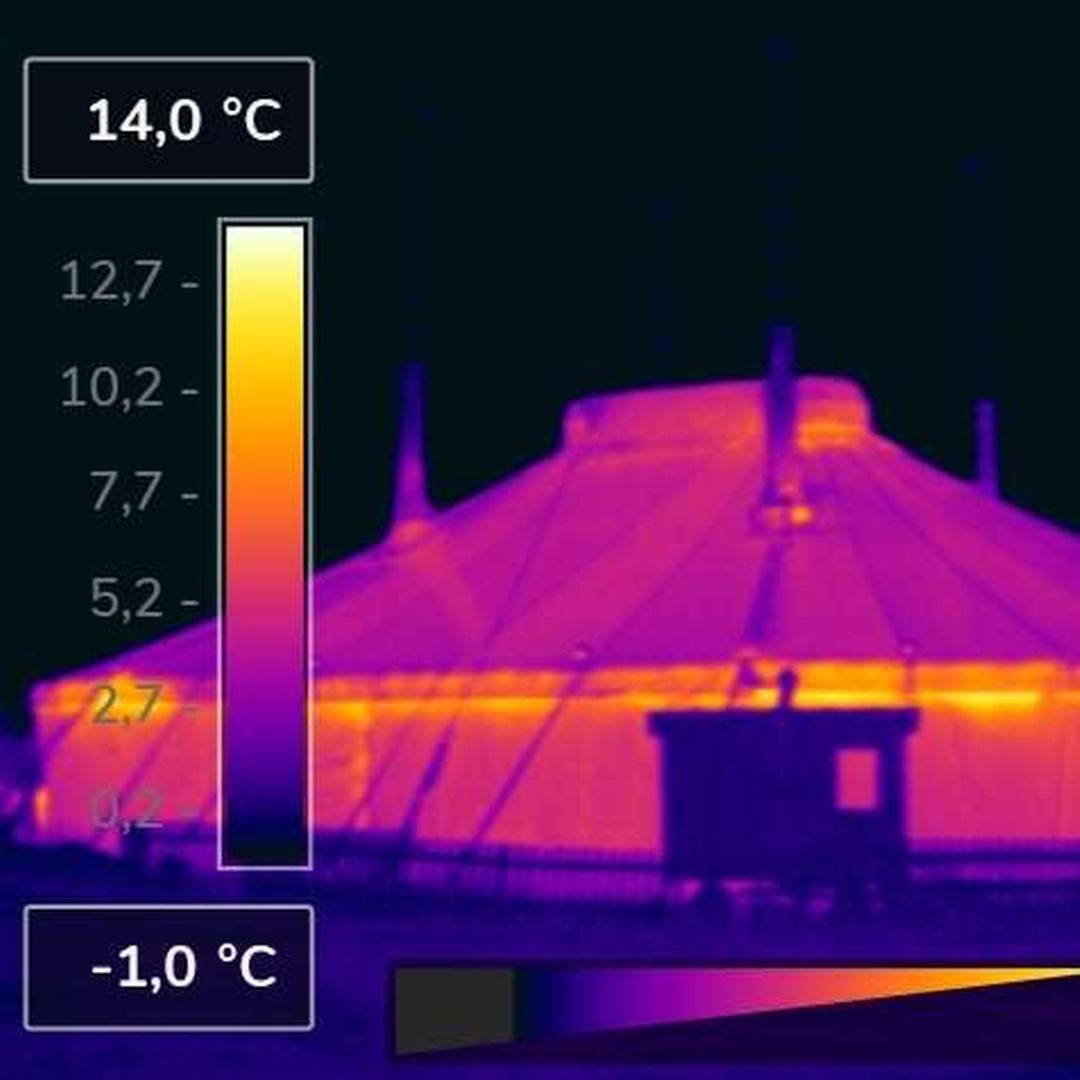
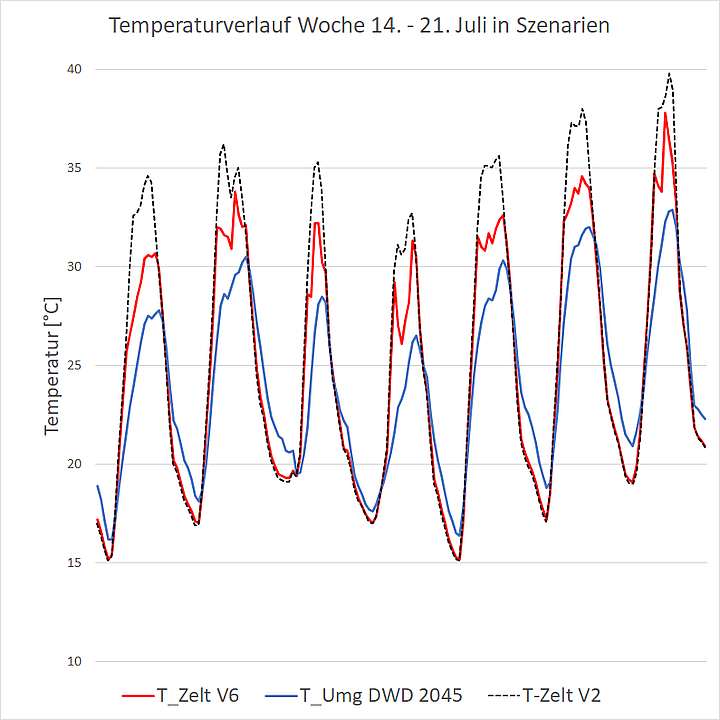
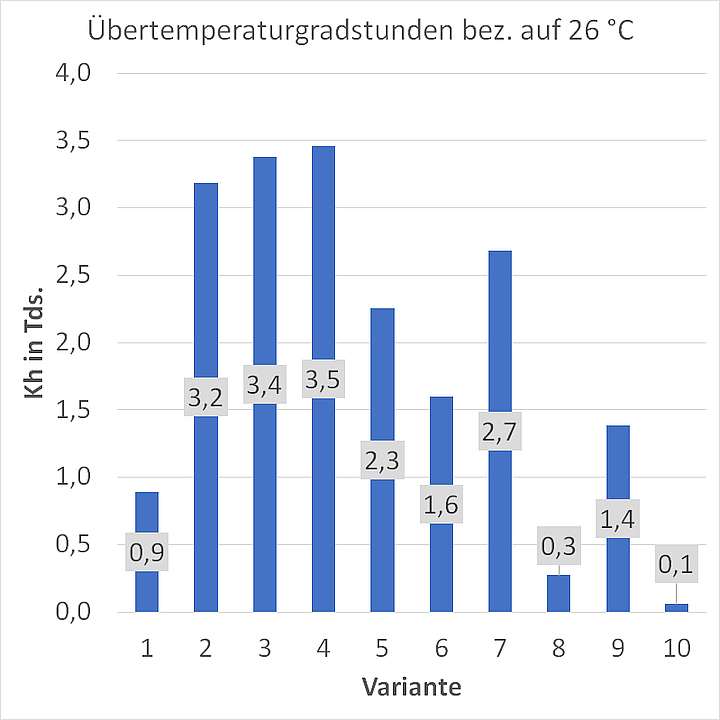
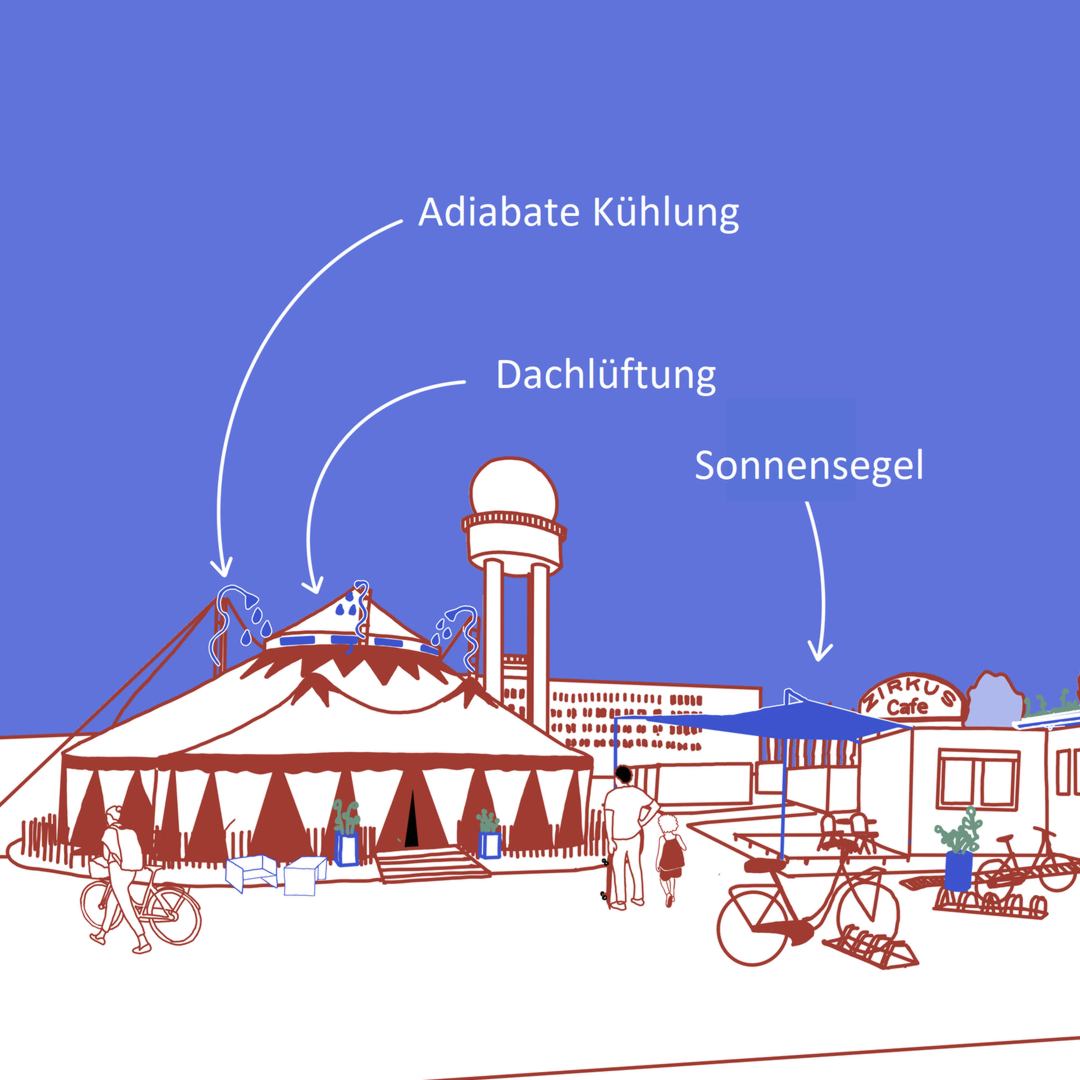
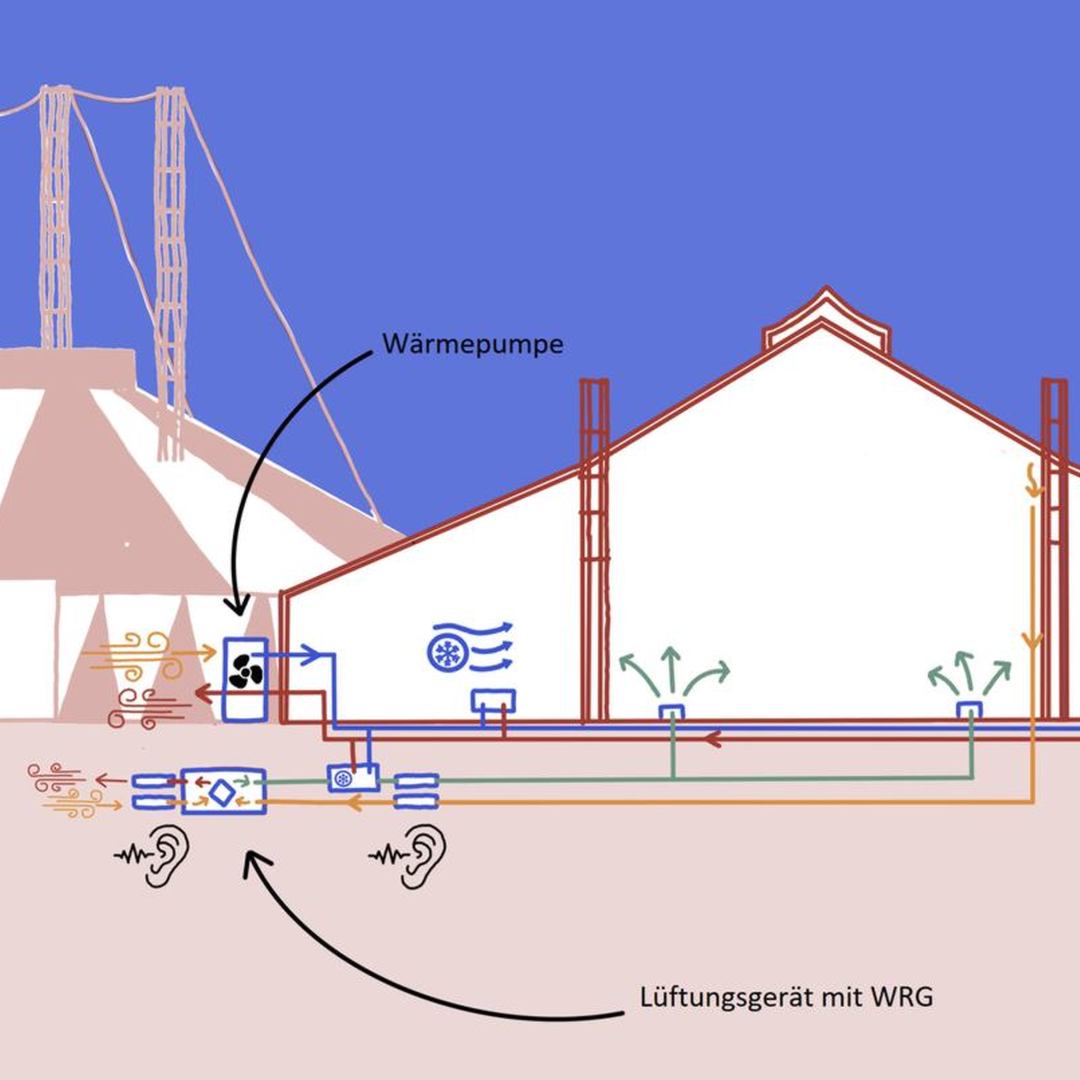
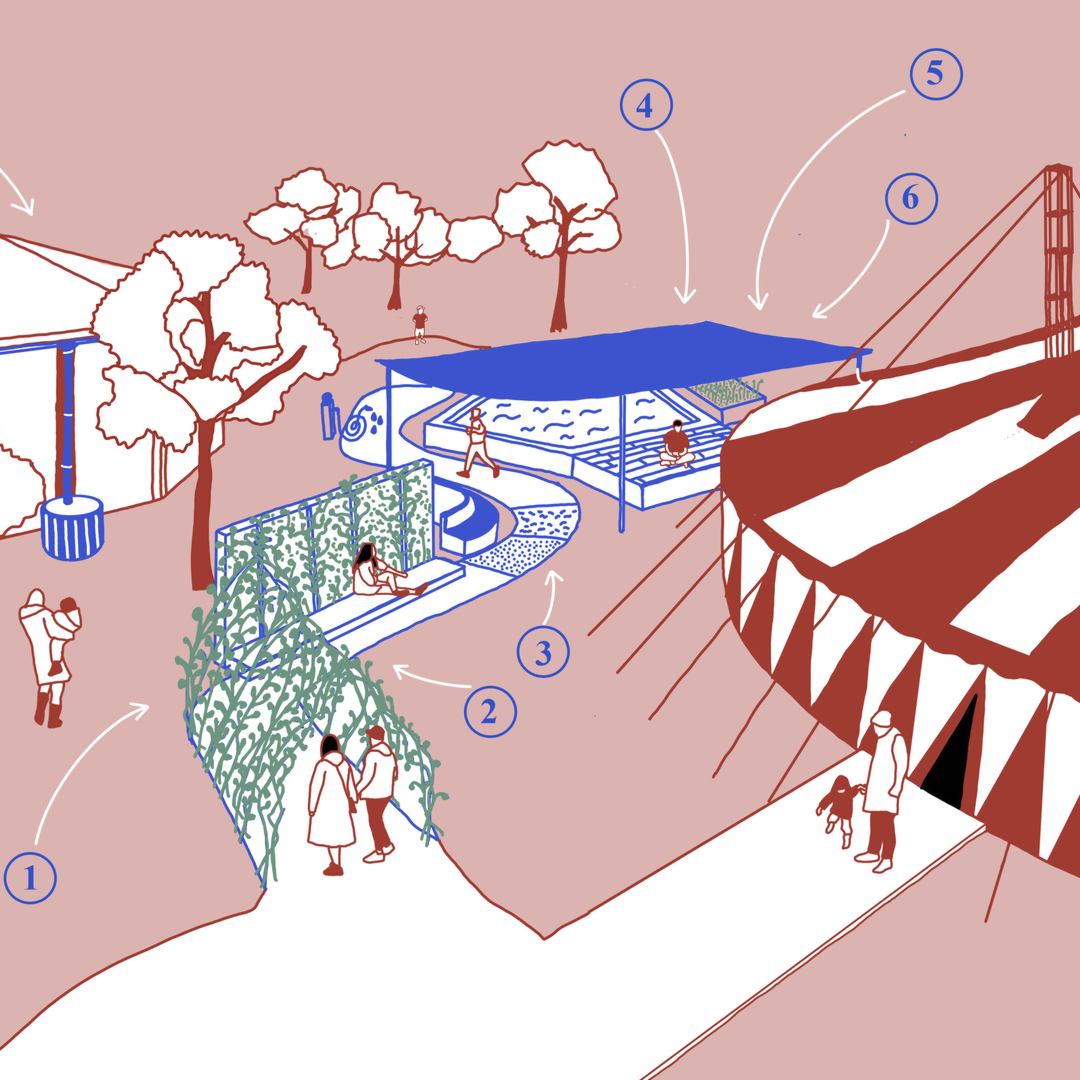
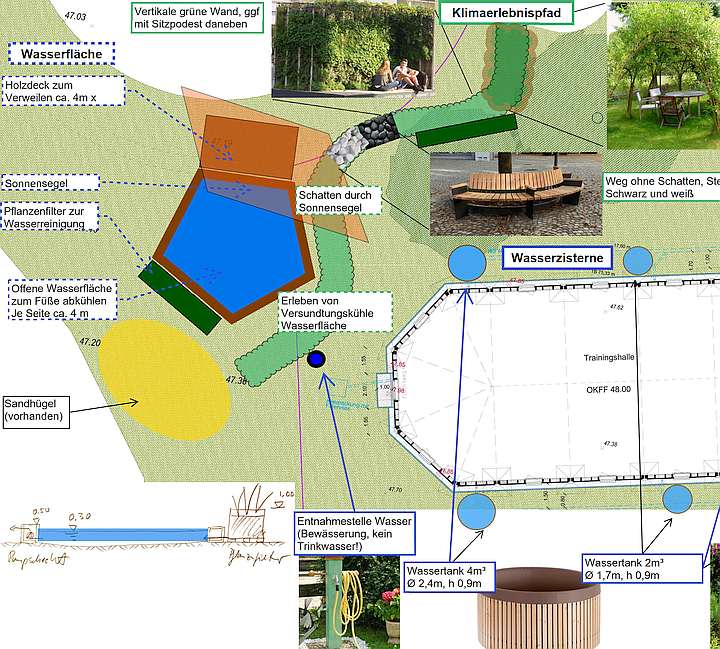
Challenge:
At the six locations of the children's and youth circus CABUWAZI in Berlin, the consequences of climate change are particularly noticeable.
The large circus tents heat up strongly in summer, as do the circus wagons and containers at the respective locations. The calculated cooling load of the circus tents here is 51 kW, just under one-third of the heating load of 161 kW.
The tents are a particular challenge, as typical systems for thermal insulation cannot be applied due to the special geometry and statics. In addition, they must be suitable for erecting and dismantling tents.
Theoretically, flexible insulation materials integrated into the tent skin or double-roof tents with suspended thermal insulation membranes are possible options. However, no prototypes for insulated tents exist to date.
Circus tents are typically heated in winter with warm air heaters based on climate-damaging petroleum or gas. Combined heating and cooling systems using heat pumps for heat recovery might seem reasonable in conjunction with appropriate thermal and cold insulation.
Further, the exteriors of some sites offer little sun protection, making it nearly impossible to stay inside on hot days. In addition, the exposure at some sites increases the danger due to high wind speeds.
Solution:
Due to the different boundary conditions and equipment at the sites, individual concepts and measures were designed. In the process, the users were involved in surveys in order to create application-oriented solutions and a high level of acceptance for the measures.
Classic heat protection measures, such as awnings and green pergolas, are used to cool the outdoor area. In addition, evaporative cooling is to be provided by open water areas and plant growth.
For the circus tents, an automatic dome ventilation system is planned as a simple measure to eliminate heat accumulation. Irrigation of the outer tent skin with collected and purified rainwater will lower the temperature inside the tent on hot days (adiabatic cooling).
The most far-reaching measure proposed for a tent is the replacement of an oil fan heater with a mobile air conditioning unit. At the same time, ventilation heat losses in winter are to be minimized and heat recovery from the exhaust air is to be brought about.
The containers will have a superior green roof, which will lead to a significant reduction of solar radiation and thus reduced heating. The containers will be equipped with ventilation and air-conditioning units, which, in addition to cooling, will also provide fresh air and heat in winter.
The concept, all work steps and the proposed measures are described in detail in a comprehensive final report.